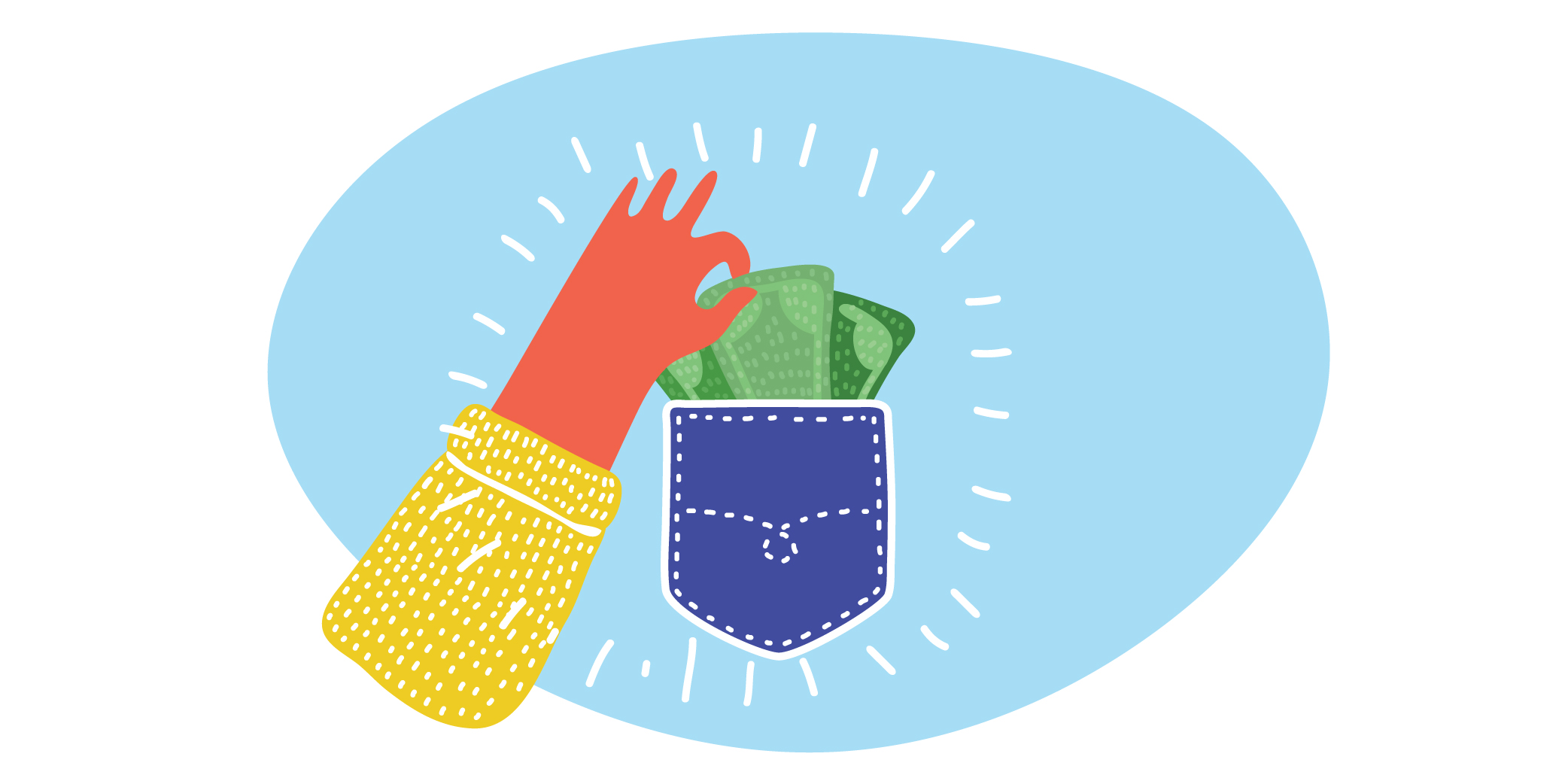You might assume that because people are carrying less cash around than they used to, pickpocketing is a thing of the past, but you’d be wrong. Even though most of the national conversation around identity theft pertains to cyber-crime, good old-fashioned pickpocketing continues to thrive. Criminals say it’s never been easier. Why? Because people are more distracted than ever before when in public spaces, in large part because of the hold our digital devices have on us. And these days, it doesn’t hurt that many places mandate the use of a face mask. So…criminal identification is pretty much out of the question.
Consider also that barely 1 in 100 pickpocketing cases are solved and end in arrest. It’s likely that less than half of pickpocketing cases even end up in the hands of the police. With stats like that, your best bet is to avoid it happening in the first place, or at least have a plan of action for when it does.
Your customers rely on you, so consider giving them some practical advice and clear steps to take to ensure that criminals won’t get the upper hand (pun intended.)
Before it Happens to You: Practical Protective Measures:
1. Make a copy of the contents of your wallet (both front and backs of anything in your wallet) and keep in a safe place. Taking this step alleviates the headache of trying to remember everything that was in your wallet and what numbers to call.
2. Make sure your bag/purse/etc. is always zipped or secured. Don’t give a thief the opportunity to just slip a hand in. Always keep your bag near you and don’t walk away from a grocery cart where your bag is left unattended – it only takes seconds for these crews to reach a hand in. Many pickpockets work in teams, with one providing a distraction while an accomplice reaches in from the opposite side.
3. Don’t keep any passwords or personal data in your wallet.

The Aftermath: Time to spring into action
If your wallet is stolen, you may not realize it until you begin getting dinged with security alerts from credit card companies. At that point, once you confirm a theft, do the following:
1. File a police report and as soon as possible and request a copy. (You will use it later)
2. Using your copied wallet contents, begin the process of calling companies and canceling cards.
Credit card companies (and banks):
-
- Notify them of the theft
- Cancel all cards
- Request a new card, and ask for expedited delivery
- Document the name of each individual you spoke with at each company
- Request a letter from each company verifying the fraud and confirming you
have zero liability - Set up an added verbal passcode on each account, so anyone calling
pretending to be you will have to provide that passcode
Banks (may not identify a fraudulent charge unless notified by the account holder, so watch your account actively)
-
- Identify fraudulent charges and notify the bank when they are processed, because a charge won’t be disputed until it’s been processed (and they may require a copy of a filed police report or the police report case number for the dispute)
- As soon as you see a charge “clear”, call to confirm a dispute has been made
- Add an additional verbal passcode on your accounts
3. File an Identity Theft Report on the Federal Trade Commission website – they also have detailed instructions to follow and a checklist of steps to follow. This report can also be used as supporting documentation for disputing charges.
4. If your driver’s license was stolen, your address is now known, so if you have a security system – call and notify them of the theft and change your codes, just in case.
5. With the 3 main credit bureaus (Experian, Equifax and TransUnion), do the following:
- Implement a Fraud Alert
- Put a Security credit freeze on your name
- Request an Extended Fraud Alert (for 7 years) – to do this, you need to provide a copy of your police report and proof of your residence
6. Contact all utility companies and let them know your ID was stolen and to be aware of any new accounts attempted to be set up under your name – also implement a security password to do anything on those accounts.
7. Notify your health insurance company (if your health insurance cards were stolen) and let them know of the theft and to be alerted for any suspicious claims on your account.
8. If you have an account through IDProtectme247.com – some banks automatically make this service available to their customers- notify them of the theft and make sure they get your names (and family member names) on their frequent watch for ID theft.

We would be remiss if we didn’t acknowledge that in this day and age, it is entirely possible to maintain a “digital” wallet on your phone. If that’s the case, then all your information is stored and protected on a phone with multiple layers of safeguards. Your phone can be secured with a password to unlock it and its applications with a biometric reader which will require your fingerprint to unlock the phone. On top of that, the mobile wallet application has the option of being protected by a user ID and password, and payment information within the wallet can further be protected by a chip and PIN. However, not everyone has shifted completely from paper to a digital-only wallet, so this information is for those of us hold-outs.
Regardless of your wallet choice, it is a fact that today’s environment, both digital and physical, provides the perfect storm for opportunistic criminals. Be aware and be prepared.






